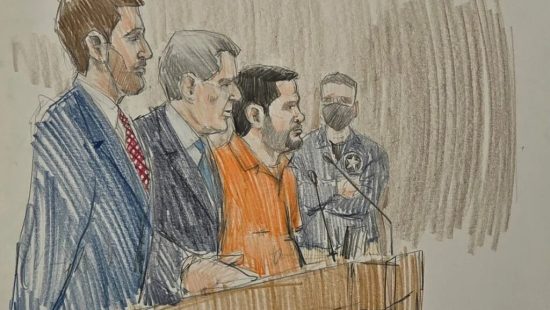This week, the Supreme Court will hear arguments in two related cases that are likely to drastically transform how admissions officers consider race as a factor in college applications, and possibly ban its consideration altogether.
The judges will begin to hear the case against Harvard, a private university, contends that the school’s race-conscious selection process discriminates against Asian American applicants in violation of Title VI of the Civil Rights Act of 1964, so that they are less likely to be admitted than similarly qualified candidates who are Black, Hispanic, or white.
Another case against UNC, North Carolina’s top public university, claims that the unfair use of race among other admissions criteria gives excessive preference to applicants of certain underrepresented groups, discriminating against Asian and white students in the process. Both cases argue that the schools ignore race-neutral alternatives that might help them achieve their diversity goals.
Campuses, however, continue to struggle to foster diversity, and advocates say affirmative action is still necessary even as America rapidly diversifies. For example, in 2020, 57 percent of undergraduates at UNC Chapel Hill were white, 12 percent identified as Asian, 9 percent as Hispanic or Latino, 8 percent as Black, and 4 percent were from international locations.
“Race-conscious admissions is a complicated issue because it gets deep down into who American society believes is deserving of opportunity,” said Liliana Garces, a professor of education and law at UT Austin who has co-written several amicus briefs on behalf of the University of Texas, Harvard, and UNC. “It’s about our conceptions of what we deem to be meritorious.
Do we see merit as an individualized idea of working hard? Or do we believe that standardized tests themselves are biased and measure how much money someone’s family might have? [Affirmative action] touches fundamentally on issues of race and racism in our society and how we can get to the other side — to this ideal of not having race or ethnicity shape your life in a way that we think it shouldn’t.”
The Court has supported the use of race in admissions for nearly 50 years, but what’s different now is its new conservative supermajority. Out of nine justices, six are now conservative, and with Chief Justice John Roberts’s acknowledgment of his preference for race-neutral admissions policies, a sweeping ban on affirmative action may be on the horizon.
As California’s experience with Proposition 209 demonstrates, when colleges cannot take race into account, they struggle to assemble diverse student bodies. At both UCLA and UC Berkeley, for example, the percentages of African American and Latino students in the freshman class dropped by roughly half in the year after Proposition 209 went into effect in the late 1990s. Even today, both groups’ undergraduate UC enrollment remains significantly lower than their relative share of California’s graduating high school seniors.
In Los Angeles, for example, African American students are 43% more likely to be taught by chronically ineffective teachers than their white peers. For Latino students, the figure is 68%. These unequal teacher assignments go on to generate enormous consequences, reducing minority students’ lifetime earnings, rates of college enrollment and more.








